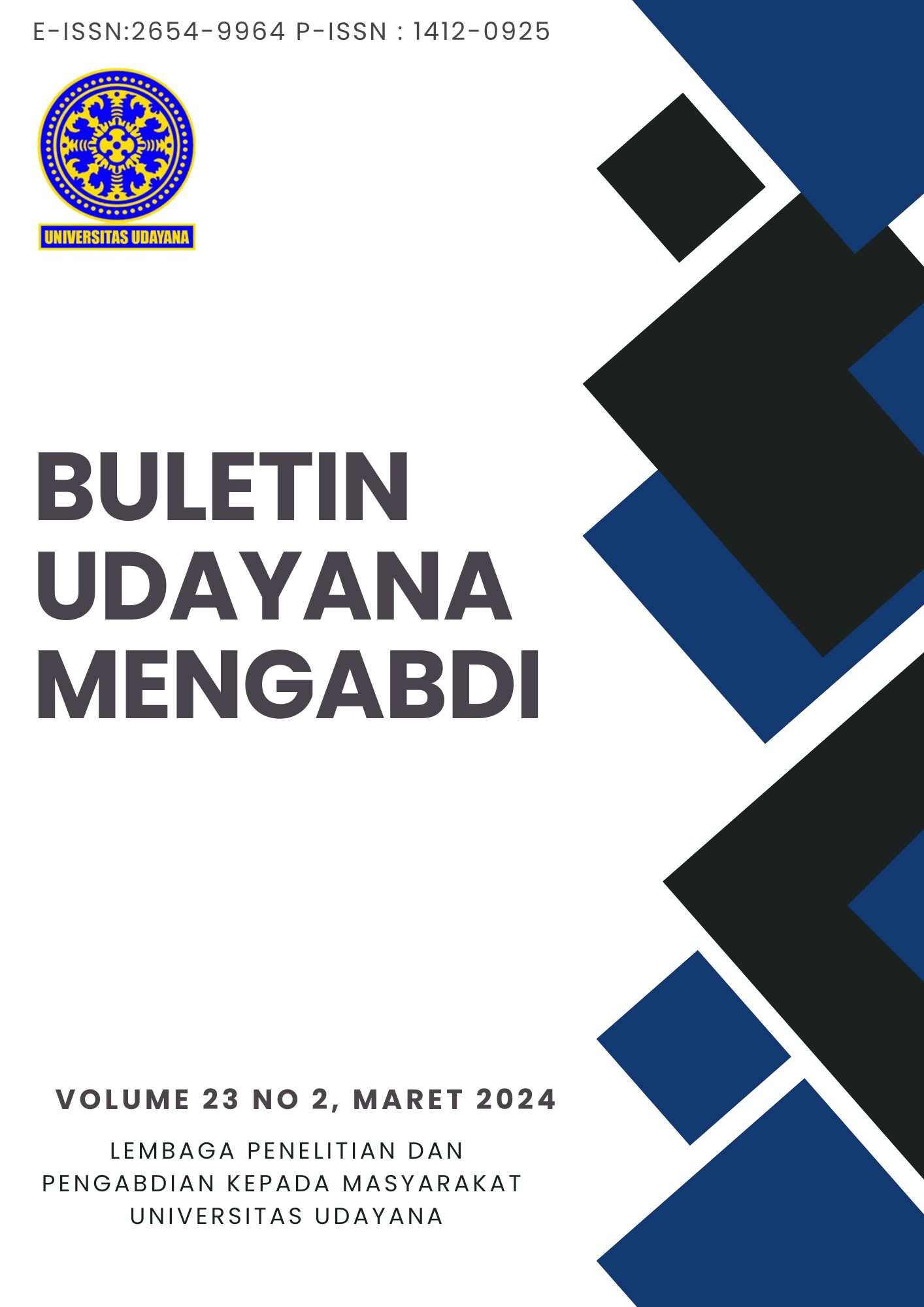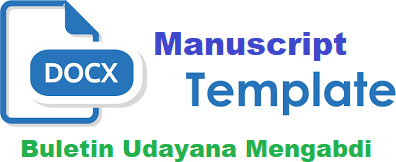PENINGKATAN KREATIFITAS GURU DALAM MEMBUAT VIDEO PEMBELAJARAN INTERAKTIF DI SLB N 2 DENPASAR
Abstract
The challenge for teachers in the Covid-19 Pandemic condition which requires learning to be done online is to make good interactions between Teachers and Learners during the learning process. Uneven internet access is an obstacle in implementing live virtual learning (live session) via video conferencing. However, the delivery of material must still be done not only through text media which tends to be more difficult to understand than direct descriptions. The solution offered in the service activities that have been carried out is to introduce the form of asynchronous learning objects in the form of Learning Videos. Making learning videos has challenges so that during the video the attention of the students is not lost. Training on making learning videos has been carried out for high school teachers. The ability to absorb training materials varies, this can be influenced by educational background, mastery of technology and even the age of the participants.
Keywords: Learning Videos, Learning Objects, Online, Elearning, SLB
Downloads
References
Arikunto Suharsimi, Suhardjono, Supardi.2006. Penelitian Tindakan Kelas.Jakarta : Bumi Aksara.
Assyifa, F. N., Rohita, & Nurfadilah. (2020). Pengaruh Video Pembelajaran Interaktif Mengenal Warna Terhadap Kemampuan Kognitif Anak. Jurnal Ilmiah PTK PNF, Vol. 15 No. 2, Desember 2020
Crawford, A. J.. et al. (2020). Journal of Applied Learning & Teaching COVID-19 : 20 countries higher education intra-period digital pedagogy responses, Journal of Applied Learning & Teaching, 3(1).
Clarke, T. and Clarke, E. (2009) ‘Born digital? Pedagogy and computer-assisted learning’, Education and Training, 51(5), pp. 395–407. doi: 10.1108/00400910910987200.
Darmawan. (2013). Metode Penelitian Kuantitatif. Bandung: Remaja Rosdakarya
Dewi, LMI., & Rimpiati, NL. (2015). Efektivitas Penggunaan Media Pembelajaran Video Interaktif Dengan Setting Diskusi Kelompok Kecil Untuk meningkatkan Keterampilan Berpikir Kritis Pada Anak Usia Dini. JEPUN: Jurnal Pendidikan Universitas Dhyana Pura, 1 (1), 31-46. Diakses melalui https://jurnal.undhirabali.ac.id/index.php/Jepun/article/view/78
Harkins, A. M. (2008) ‘Leapfrog Principles and Practices ’:, Futures Research Quarterly, pp. 1–15.
Haryani, S. ., & Sari, V. M. . (2021). Efektifitas Penggunaan Video Pembelajaran dalam Meningkatkan Kognitif Anak Usia 4-5 Tahun di Masa Pembelajaran Jarak Jauh. Jurnal Pendidikan Tambusai, 5(2), 4365–4572. Retrieved from https://jptam.org/index.php/jptam/article/view/1563
Jeschke, S. (2014) ‘Higher Education 4.0 – Trends and Future Perspectives for Teaching and Learning’, Trends in Glycoscience and Glycotechnology, 26(150), pp. 89–97. doi: 10.13140/RG.2.1.1509.0002.
Li. Y. J.& Shieh.J. C.(2015). A study on the effects of multiple goal orientation on learning motivation and learning behaviors. Eurasia Journal of Mathematics, Science & Technology Education, 12(1), 161-172
Nedeva, V. and Dineva, S. (2009) ‘New learning innovations with Web 4.0’, 1(1).
Puncreobutr, V. (2016) ‘Education 4.0: New Challenge of Learning’, Journal of Humanities and Social Sciences, 2(2), pp. 92–97. Available at: http://scopuseu.com/scopus/index.php/hum-se-sc/article/view/188.
Sugiyono. (2018). Metode Penelitian Pendidikan Pendekatan Kuantitatif, Kualitatif, dan R&D. Bandung: Alfabeta.
Suryansyah, Titi dan Suwarjo. (2016). Pengembangan Video Pembelajaran Untuk Meningkatkan Motivasi dan Hasilbelajar Kognitif Siswa Kelas IV SD. Jurnal Prima Edukasia. ISSN:2338-4743. Volume 4 –Nomor 2, Juli 2016, (209 -221).

This work is licensed under a Creative Commons Attribution-ShareAlike 4.0 International License.

This work is licensed under a Creative Commons Attribution-ShareAlike 4.0 International License.




.png)


1.png) GARUDA - GARBA RUJUKAN DIGITAL
GARUDA - GARBA RUJUKAN DIGITAL



